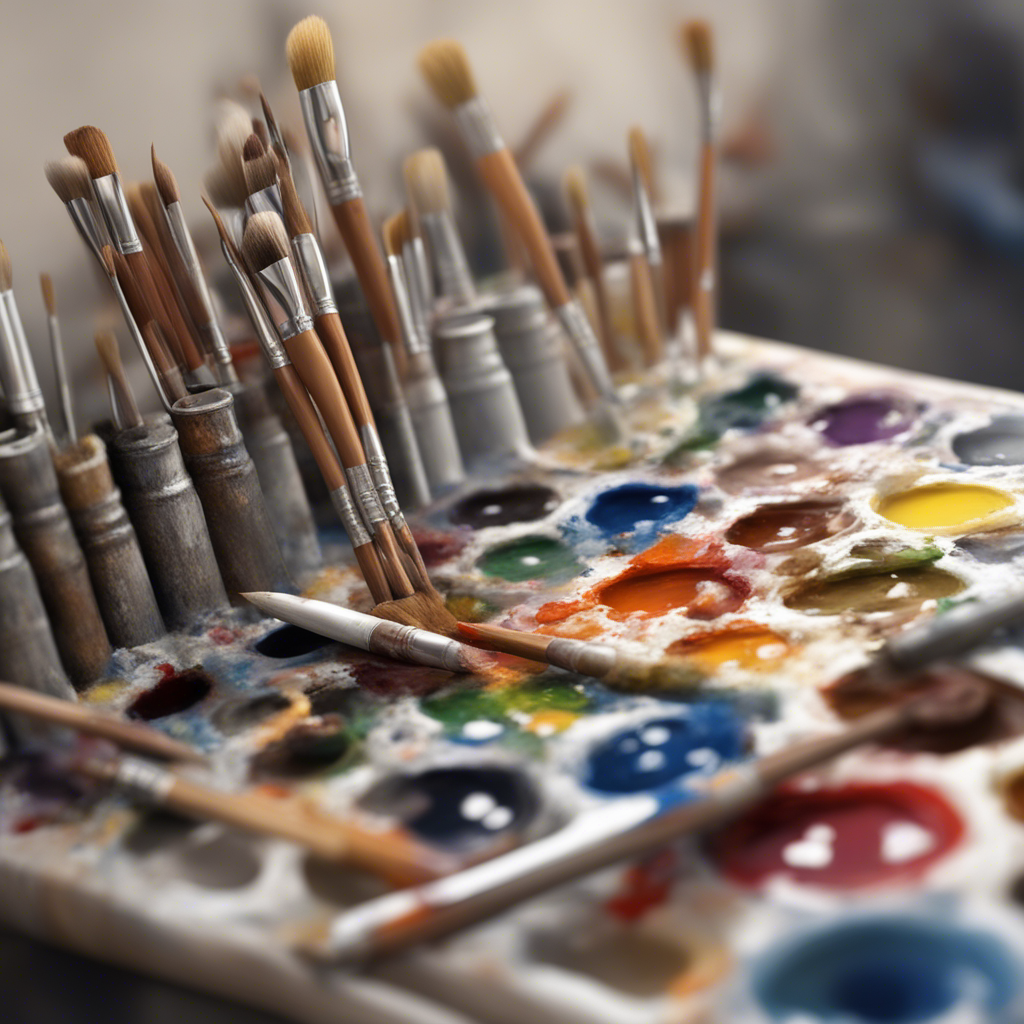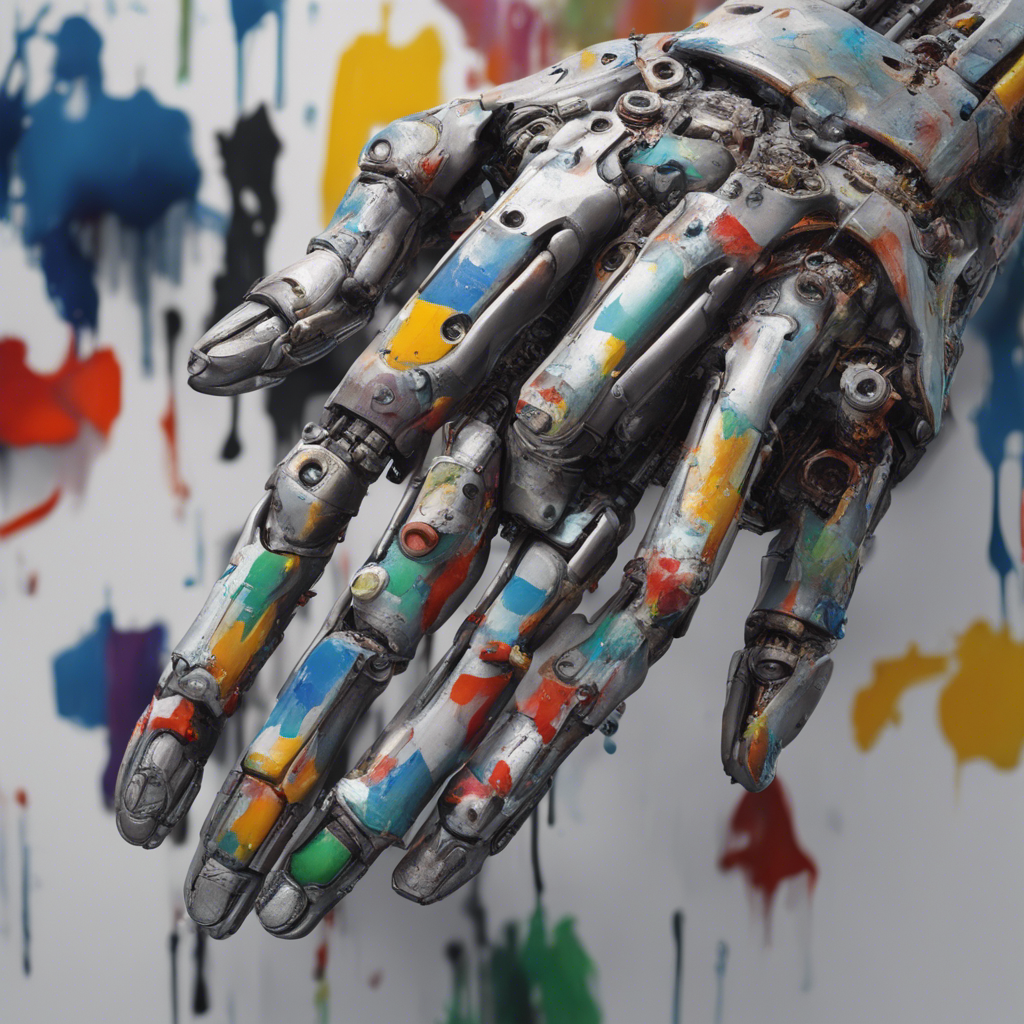
The Promise and Peril of AI Art
Artificial Intelligence (AI) has revolutionized many industries, and the world of art is no exception. From generating unique artistic pieces to assisting human artists in their creative endeavors, AI has been making waves in the art world. However, with this innovation comes both promise and peril. In this blog post, we will explore the potential of AI in art, its benefits, challenges, and the ethical implications it poses.
Understanding AI Art
AI art refers to any artistic creation that involves the use of artificial intelligence as a significant part of the creative process. This can include generating art autonomously or aiding human artists by providing innovative tools and techniques. Machine learning algorithms and deep learning systems are often at the core of AI art creation, enabling the system to analyze vast amounts of data and generate novel and aesthetically pleasing outputs.
The Promise of AI Art
1. Enabling Creativity and Innovation
One of the most promising aspects of AI art is its ability to introduce new artistic possibilities and push the boundaries of creativity. By leveraging AI technologies, artists can explore uncharted territories, experiment with new techniques, and produce artworks that were previously unimaginable. This enables a whole new realm of artistic expression and innovation.
2. Access to Tools and Resources
AI-powered artistic tools can empower artists by providing them with access to vast libraries of images, styles, and techniques. For example, StyleGAN, a popular AI model, allows artists to create unique visual outputs by manipulating different artistic styles. This opens up opportunities for artists to quickly prototype ideas, explore various artistic styles, and find inspiration within an AI-generated database.
3. Preserving and Repurposing Artistic Legacies
AI has the potential to contribute to the preservation and restoration of art. By analyzing archival data and inputs from experts, AI algorithms can reconstruct damaged or lost artworks, providing valuable insights into the history and cultural heritage. This preservation aspect of AI art can help protect and promote important art movements and historical artifacts.
4. Democratization of Art
AI art has the potential to democratize the art industry by making it more accessible to a wider audience. AI-powered creative tools can be used by amateur artists or those with limited technical skills to produce high-quality artistic outputs. By reducing the barriers to entry, AI art opens the door to a more inclusive art community and allows for a diverse range of perspectives to be expressed in the creative process.
The Peril of AI Art
1. Lack of Originality and Authenticity
One of the main concerns surrounding AI art is the challenge of maintaining the uniqueness and authenticity of artworks. Since AI algorithms are trained on existing datasets, there is a risk that the generated artworks may only mimic existing styles or artists, lacking true originality. This raises questions about authorship and the value of AI-generated art in the traditional art market.
2. Ethical and Moral Implications
AI art also brings ethical dilemmas into the forefront. Consider the case of creating AI-generated portraits that look like real human beings. Should these portraits be used without consent or appropriate attribution? What are the implications if these portraits are used for malicious purposes, such as creating fake identities or perpetrating fraud? These questions highlight the need for ethical guidelines and discussions surrounding AI art.
3. Job Displacement in the Creative Industry
As AI technologies become more capable, there is a concern that they may replace human artists and creative professionals in some areas. AI-powered tools can automate repetitive tasks, such as colorizing old photographs or generating basic designs, potentially leading to job displacement for artists who rely on these tasks for income. It is essential to strike a balance between the benefits of AI in art and the preservation of human creative expression.
Conclusion
AI art holds immense promise in terms of unlocking creativity, democratizing art, and preserving artistic legacies. With powerful AI algorithms and innovative artistic tools, artists can explore new horizons and create previously unimaginable artworks. However, the perils of AI art, including issues of originality, ethical implications, and job displacement, cannot be disregarded. It is crucial to strike a balance that maximizes the benefits of AI while addressing the challenges and ensuring the preservation of the human touch in artistic expression. The future of AI art will require ongoing discussions, collaborations, and ethical frameworks to navigate its full potential responsibly.






